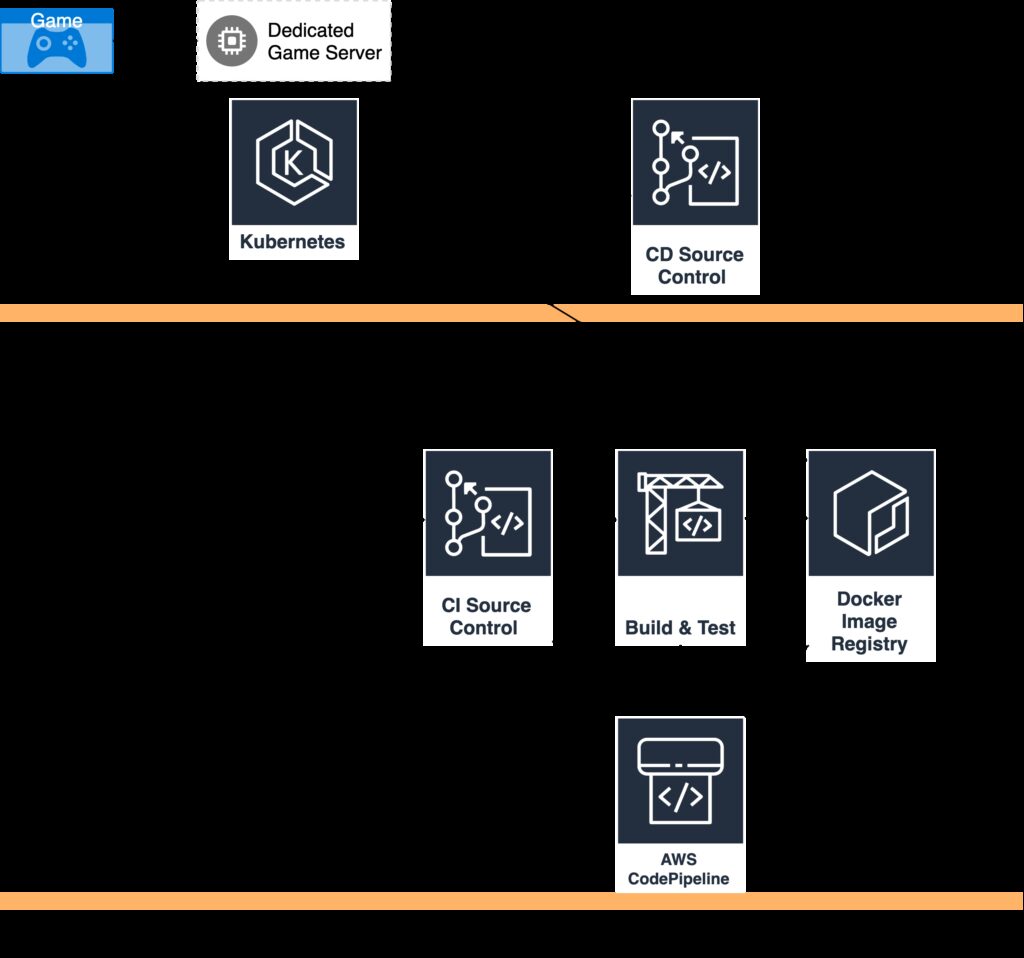The video game development pipeline involves various stages starting from concept to release and marketing. The initial phase is the concept stage, which includes developing an idea, selecting a target audience, the game genre, and the platform to run on. The pre-production stage begins with fleshing out the game’s details, creating a Game Design Document, and defining the game’s look and feel. The production phase involves programming the game mechanics, designing levels, creating assets, user interface, and cinematics. In post-production, the game is tested, polished and refined, and in the final stage, the game is released, and marketing to potential buyers takes place.
Introduction:
In the world of gaming, the process of creating a game involves various stages- from ideation and development to release and marketing. The game development pipeline is the approach that game studios and developers use to manage the design and production of a video game. The development pipeline begins with the concept, moves through various stages of production, and, ultimately, culminates with final testing.
Concept:
The initial stage of game development is the concept. This is where the idea for the game is developed. It may start off as a simple sketch on a piece of paper, or a well thought out concept that is aimed to impress a potential investor. During this phase, the game designers also decide on the target audience, the platform(s) that the game will run on, and the game genre.
Pre-Production:
After the concept phase, the pre-production stage begins. This is where the designers will start fleshing out the details of the game. A Game Design Document (GDD) is created that outlines the key features and elements of the game, such as the gameplay mechanics, the story, the characters, and the game world. During this phase, concept art is also created, which helps to define the look and feel of the game.
Production:
The production phase involves the actual creation of the game, and it is also the longest phase. It is during this phase that the developers will create and implement the assets, program the game mechanics, and design the levels. This is also the phase where the developers will create the AI, user interface, and cinematics.
Post-Production:
The post-production stage is where the game is polished, tested, and refined. This is done through a series of alpha and beta testing to ensure that the game is playable, stable, and bug-free. During this phase, feedback from testers is taken into account and necessary changes are made.
Release:
Once the game is polished and tested, it is ready for release. The game will be released on the platform that was chosen during the concept stage. The release also involves marketing the game to potential buyers, such as through game demos, trailers, and press events. The game will finally be available for purchase and downloads.
Conclusion:
The video game development pipeline involves multiple stages, from concept to release. The journey from idea to marketed product is typically a long one that takes time, effort, and a lot of hard work from a team of talented developers. Each stage is important to creating a high-quality, successful game. With a well-thought-out plan and a dedicated team, any game concept can come to life.
